by Jacob Gordon
When you think of Patagonia, you might first think of puffy jackets and vibrant colors, but that only touches the aesthetic appeal of Patagonia. Patagonia as a company is concerned with so much more.
Their influence in the apparel industry is unheard of. If there’s a wide-spread eco-focused movement within the industry, Patagonia was blazing the path for other companies to follow in their footsteps. And it all started with a climber named Yvon Chouinard and a plain old rugby shirt.
History
Yvon Chouinard started climbing in 1953 when he was 14 years old. In 1965, Yvon ended up starting his own company, Chouinard Equipment, because he wanted to make his own climbing equipment out of recycled material. By 1973, Yvon decided to move on from Chouinard Equipment (which ended up becoming Black Diamond Equipment) and entered the apparel business. The reason for the change? During a winter climbing trip in Scotland in 1970, Yvon decided to use a team rugby shirt on one of his climbs due to the shirts rugged construction (it had to hold up against scrums of large men and constant tackles) and its oversized collar (which protected his neck from hardware slings).
Yvon wore his trusty rugby shirt on all his climbs and realized there was an untapped market geared towards climbers. Thus, Patagonia began in 1973. The hope was the name Patagonia would bring to mind “romantic visions of glaciers tumbling into fjords, jagged windswept peaks, gauchos, and condors.”
Shortly after its founding, Patagonia decided to start working on baselayers. To give their customers a quick-drying insulated piece that kept the body warm without absorbing moisture, Patagonia turned to polypropylene, a synthetic fiber used at the time to make marine ropes. This gave Patagonia the ability to use their catalog as a means to teach customers and athletes of all sorts the importance of layering.
Eventually the polypropylene baselayer lead to the Patagonia Synchilla line as they continued to improve the baselayer market, looking for a fabric that provided warmth without any piling. This desire to continue improving their baselayers eventually brought Patagonia to their famous Patagonia Capilene products in 1985, which is still a crowd favorite to this day.
Along with a complete shift in their baselayer line in the 80s, Patagonia decided to completely overhaul the color schemes of their products. Rather than the bland tans, browns, and greens of outdoor apparel at the time, Patagonia went for vivid colors like teal, cobalt, aloe, and seafoam. These might be colors we take for granted from Patagonia now, but at the time it was a culture shock to the outdoor industry. And while the savvy tech features of the products stood out with athletes, the colors made the pieces stand out on the clothes racks.
Patagonia would then see rapid growth throughout the end of the 1980s, but that would come to a screeching halt in 1991. Nearly 20% of the work force was laid off, and Patagonia’s independence was almost sold as they toyed with the idea of getting a larger company to buy them. Thankfully, Patagonia was able to right the ship and learn a valuable lesson about expansion in moderation.
To this day, Patagonia is still privately owned, and the Chouinard family is still contributing to the company. While other competitors may have grown larger and taken on other entities, Patagonia runs itself, and this can be clearly seen through their philosophy.
Philosophy
Yes, Patagonia prides itself on its products, but don’t be surprised if a Patagonia employee spends more time talking about their environmental impact on the industry more than the newest waterproof jacket in their line.
From the early days of Chouinard Equipment, Yvon has always wanted his companies to focus on reusing material and finding the best, most eco-friendly fabrics around. From recycled materials to organic cotton, if it’s good for the planet, Patagonia is looking to make garments out of it. In fact, since 1996, every garment from Patagonia made from cotton has been made entirely out of organic cotton.
Even today, Patagonia is now the only company that guarantees that all of its down is 100% traceable. Rather than work with the questionable practices of conventional down, Patagonia makes sure all of the down used is consciously and sustainably resourced.
Along with conscious-friendly materials, Patagonia aims to have a high sense of corporate responsibility. Whether it’s working with factories to ensure workers have fair wages or working with mills for the most sustainable and eco-friendly products and process possible, Patagonia wants to create a positive impact and a small footprint every step of the way in the manufacturing process. Patagonia’s efforts have lead to them being a Certified B Corporation. (For more info on Certified B Corporations, check out our earlier blog article.)
But what makes Patagonia rise above its competitors is the drive to impact the apparel industry for the better. When Patagonia went completely organic with its cotton back in 1996, it certainly raised eyebrows in the industry. Fast forward nearly 15 years, and some of the largest mega marts in the world are now incorporating organic cotton in their offerings.
Today, as Patagonia offers 100% traceable down, their competitors are starting to turn the corner too. The competition may not be offering 100% traceable down, but there is a movement to source conscientiously sourced down. Don’t be surprised if in a few years more vendors are offering 100% traceable down, while Patagonia has moved on to the next big eco-friendly push. As the saying goes, imitation is the sincerest form of flattery, and Patagonia has been flattered by many of their competitors over the last several decades.
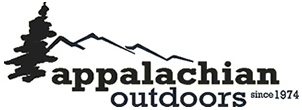
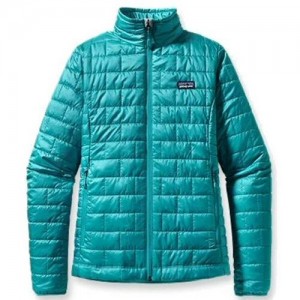
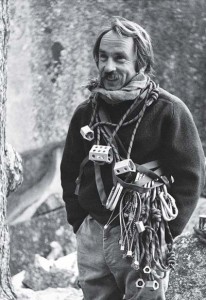
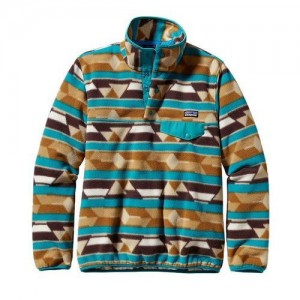
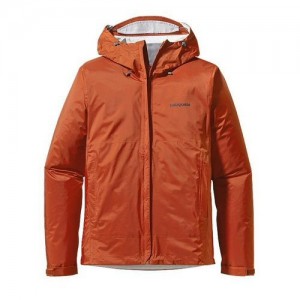
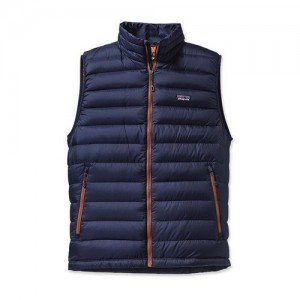
Pingback: The Industry’s Friday Five –